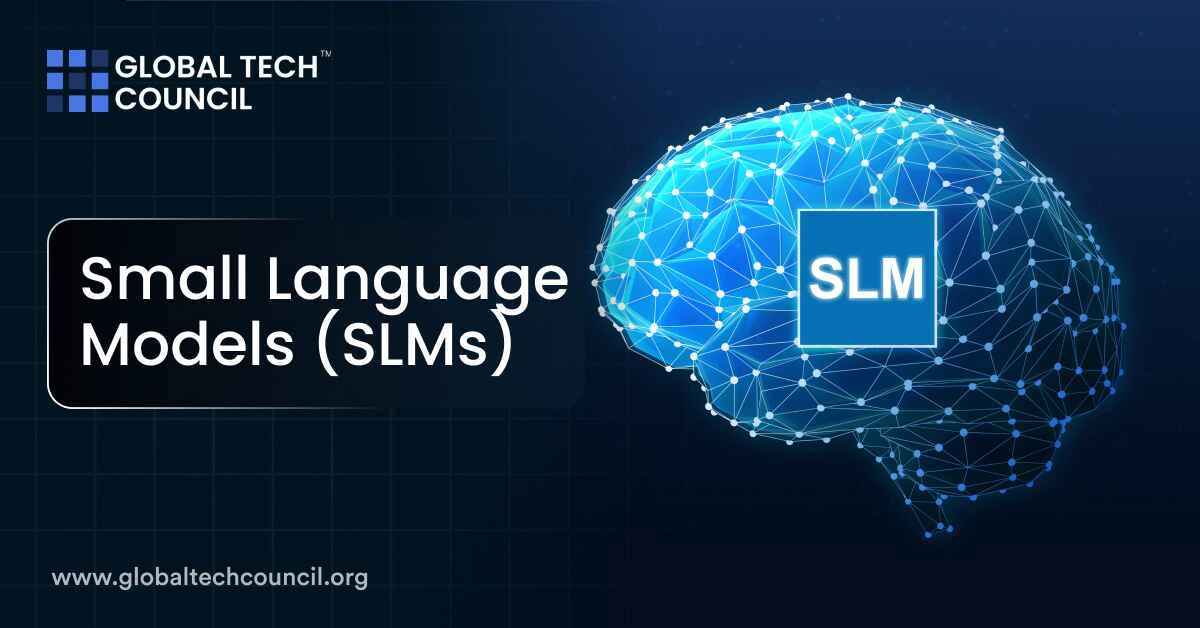Lately, there has been a noticeable rise in interest around Small Language Models (SLMs) in the AI world. These models offer an alternative to the larger language models (LLMs) like GPT-4 or PaLM. While these big models handle a variety of tasks, they also bring challenges. These include high computational demands and concerns over data privacy. SLMs, in contrast, are smaller, more efficient, and often crafted for specific tasks with improved effectiveness.
What Exactly Are Small Language Models?
SLMs are more compact versions of their larger counterparts. They come with fewer parameters and need less data for training. This reduction in size makes them faster and easier to run, even on devices with lower processing capabilities, like smartphones or embedded systems. Unlike their larger versions, which could have billions of parameters, SLMs typically use millions or just a few hundred million. This makes them more balanced in terms of both performance and efficiency.
How Do SLMs Function?
SLMs apply several techniques to remain compact while still staying efficient:
- Knowledge Distillation: This technique transfers knowledge from a larger model to a smaller one, helping compress the original’s abilities. TinyBERT is a good example—it’s a smaller version of BERT that keeps much of the performance, but in a much smaller size.
- Parameter Reduction: SLMs have fewer parameters, which lowers both their training needs and operating expenses. This reduction doesn’t always mean a drop in quality. In some cases, these smaller models do better than larger ones, especially for certain specialized tasks. For instance, DistilBERT keeps over 95% of the performance of its bigger version while being 60% smaller.
Why Are SLMs Becoming More Important?
Several reasons make SLMs attractive in today’s AI environment:
Cost and Resource Savings
SLMs need much less computational power than larger models. This makes them more accessible for companies that can’t manage the high expenses of running large models. Large models can be extremely costly to train and operate, but SLMs, due to their smaller size, can run on standard hardware. This leads to significant savings. An example would be Microsoft’s Phi-3 model, which manages large contexts while keeping resource use low.
Faster Results
Since SLMs are smaller, they can deliver outcomes quicker. This makes them well-suited for real-time applications, such as chatbots or virtual assistants. Larger models can experience delays due to their size and the amount of hardware they need. The speed of SLMs makes them ideal for industries like customer service, where immediate feedback is crucial.
Task Specialization
A key benefit of SLMs is their ability to handle specialized, domain-specific tasks. By fine-tuning them for certain industries—healthcare, finance, or legal services—organizations can create models that are more effective than larger models in these areas. For example, an SLM designed for healthcare could be trained on medical literature and patient information. This ensures more accurate and relevant outputs, especially when making clinical decisions.
With a specialized certification in AI or ML, handling SLMs will be easier than ever. Consider the AI and ML certifications by the Global Tech Council and get ready to shine!
Examples of Small Language Models
There are several models that highlight how versatile and effective SLMs can be.
- For instance, OpenAI’s GPT-2 Small, which has 117 million parameters, is much smaller than GPT-3. Despite this, it performs well across many language-related tasks.
- Another example is DistilBERT, which is a compressed version of BERT. It offers almost the same level of performance while being much smaller.
- Microsoft’s Phi-2 is another model that has caught attention for doing better than larger models on certain tasks, such as coding and reasoning, while using fewer parameters.
- In addition, Phi-3-mini, which has 3.8 billion parameters, strikes a good balance between size and ability. It performs well on tasks like reasoning and math, while using fewer resources compared to much larger models like GPT-3.5.
These examples demonstrate that SLMs can achieve impressive results without needing enormous amounts of computational power.
Limitations of SLMs
Though SLMs offer many benefits, they come with some limitations:
- Handling Complex Tasks: Due to their smaller size, SLMs may find it difficult to deal with complex reasoning or tasks that need more context. For example, models used for legal or financial tasks may require more frequent updates and additional training to stay accurate.
- Creativity and Accuracy: While SLMs work well for specialized tasks, they may not perform as well on open-ended tasks that need creativity or nuanced understanding. This limitation is due to their smaller capacity to process and generate highly diverse language patterns.
- Bias and Sensitivity: Because SLMs often work with smaller datasets, they can be more prone to bias found in those datasets. Extra care is needed during training and fine-tuning to reduce these biases, particularly in sensitive industries like healthcare or finance.
Conclusion
To sum up, Small Language Models provide an attractive solution for developers and businesses seeking efficient, cost-conscious AI systems. They may not match larger models in every single area, but they do offer many advantages. Their speed, ability to specialize, and accessibility make them a solid choice for many different applications. Looking ahead, it’s likely that SLMs will continue to improve, becoming even more capable and versatile in the future.
